In the summer of 2021, my world was turned upside down when my then 15-year-old daughter Poppy stumbled down the stairs, grazing her knee. It was a minor fall, the kind that usually heals within days. But as the weeks passed, the wound refused to close. Simultaneously, a cascade of symptoms began to unfold: sore wrists and knees, rolling ankles, trembling hands, and an increasing frequency of headaches and stomach aches that grew more intense with each passing day. Poppy, once a vibrant girl who loved horse riding, gymnastics, and competed in cross country races, was now a shadow of her former self. Within months, she was struggling to walk and asked for a walking stick—a symbol of the life-altering journey that lay ahead.
The medical odyssey began with visits to numerous doctors, each conducting a battery of tests, yet none could pinpoint the cause of Poppy's decline. It wasn't until October, when a podiatrist, while measuring Poppy for insoles, asked her to perform a series of seemingly innocuous hand movements, that a breakthrough occurred. The podiatrist's question, "Have you heard of Ehlers-Danlos syndrome?" was the first step on a path that would lead to a diagnosis, but also to a deeper understanding of a condition that had been lurking in the shadows.
Ehlers-Danlos syndrome (EDS) is a complex genetic disorder that affects the body's connective tissue, the very fabric that holds us together. There are 13 types of EDS, each with its own set of challenges, but hypermobile EDS (hEDS), the most common form, accounts for about 90% of cases. Unlike other forms of EDS, which can be diagnosed through genetic tests, hEDS is identified through a checklist of symptoms, including the Beighton Score, a hypermobility rating. Poppy's symptoms aligned with hEDS, and on Christmas Eve, a year after her initial fall, a doctor confirmed the diagnosis. The news was bittersweet; while it provided a name for her suffering, it also came with the stark reality that there is no cure.
The journey to understand EDS was a daunting one. I delved into research, learning that the faulty connective tissue in EDS leads to a bewildering array of symptoms, from joint dislocations and subluxations to soft, stretchy skin, abnormal scarring, poor wound healing, gastrointestinal disorders, chronic pain, and fatigue. The severity of these symptoms varies wildly, with some patients leading relatively normal lives, while others become housebound or require tube feeding. Compounding the complexity, individuals with hEDS are also prone to other conditions such as POTS (postural orthostatic tachycardia syndrome) and MCAS (mast cell activation syndrome), each bringing its own set of challenges.
As I grappled with the implications of Poppy's diagnosis, I discovered that hEDS, despite being considered rare, seemed to be everywhere. Celebrities like Lena Dunham, Jameela Jamil, and Yvie Oddly have publicly shared their experiences with the condition. Social media platforms like Twitter and Instagram were abuzz with EDS communities, and TikTok videos offered a comforting glimpse into the lives of teenagers navigating similar struggles. Facebook patient groups, each with tens of thousands of members, became invaluable sources of support, where I could ask questions and receive advice from strangers who had walked a similar path.
Yet, amidst the support and shared experiences, a sense of dread lingered. Many stories echoed a common theme: years of misdiagnosis, neglect, and gaslighting by the medical community. The term "zebras" emerged as a symbol of the EDS community, a reference to the medical adage, "When you hear hoofbeats, think horses, not zebras." For EDS patients, who are the zebras in this analogy, this means that their rare condition is often overlooked in favor of more common diagnoses. But if hEDS patients are medical zebras, why do they seem to be so prevalent?
Dr. Linda Bluestein, a Colorado-based physician specializing in EDS and other hypermobility conditions, and a patient herself, shed light on this paradox. Historically, EDS was thought to affect one in 5,000 people, but emerging research suggests the true prevalence is much higher. A 2019 study in Wales found that one in 500 people has either hEDS or joint hypermobility syndrome, a similar condition. Bluestein believes even this number is an underestimate, highlighting the need for more population studies to accurately gauge the incidence of EDS.
Despite the potential prevalence and the debilitating nature of hypermobility disorders, the average time to diagnosis from the onset of symptoms is a staggering 10 to 12 years, according to The Ehlers-Danlos Society. Bluestein's own experience is a testament to this, having received her diagnosis at 47, over 30 years after her symptoms began. "I told my doctor on numerous occasions, 'there is something wrong with me, I don’t heal well, I get injured more easily than other people,'" she recalls, "And he just never, never listened."
The reasons for this diagnostic delay are multifaceted. Far more women than men are diagnosed with EDS, which may contribute to the neglect, as the medical profession has a long history of dismissing women's health complaints. A 2009 study by the European Organisation for Rare Diseases found that the average delay to an EDS diagnosis was four years for men but 16 years for women. Women with EDS are often "diagnosed later because their pain and hypotonia (poor muscle tone) aren’t considered as physical symptoms but rather as psychological symptoms or common complaints," the report states. "We tend to get dismissed a lot more easily," says Bluestein. "People jump to the conclusion that we’re histrionic females."
Anxiety, common among patients with hypermobility issues, further complicates the diagnostic process. "When people with anxiety present to a physician, it can suck all the air out of the room, so that the physician almost can’t see anything else," explains Bluestein. This lack of validation can increase the patient's anxiety, creating a vicious cycle of doubt and despair.
Moreover, the siloed nature of medicine exacerbates the problem. Undiagnosed patients may consult multiple specialists for various symptoms, each focusing on their area of expertise without considering the bigger picture. "Nowhere along the way does somebody realize that there are certain conditions that could tie all of these things together and explain everything," says Bluestein. The 2009 rare diseases study found that 58% of EDS patients consulted more than five doctors during their diagnostic journey, and 20% consulted more than 20.
The consequences of delayed diagnosis are dire. Melissa Dickinson, a psychotherapist in Atlanta, Georgia, experienced symptoms of a "mystery illness" since childhood. In 2013, after taking an antibiotic that posed a serious risk to people with EDS, she returned from her honeymoon in a wheelchair, with a dislocated neck and significant nerve damage. "Taking the wrong medication wrecked me from head to toe," she says. Now, despite treatment, she requires mobility aids to walk and constant support for her body to function.
Lara Bloom, president and CEO of The Ehlers-Danlos Society, who herself has hEDS, notes that many patients develop "medicalized PTSD" due to the stress and trauma of their diagnostic journey. "They have had to stop their careers, they’ve had to drop out of school, their relationships have broken down," she says. In extreme cases, patients may resort to suicide or self-harm. Sometimes, the failure to diagnose EDS has led to children being taken away from their parents, as in the case of Rana Tyson and her husband Chad, who were falsely accused of harming their infant daughters, who were later diagnosed with EDS.
The urgency of prompt diagnosis cannot be overstated. For hEDS, understanding the genetic underpinnings is a crucial first step. Cortney Gensemer, a biomedical scientist at the Medical University of South Carolina, is on the forefront of this research. Diagnosed with hEDS as a teenager, Gensemer's work is deeply personal. She and her research mentor, Russell Norris, have identified a "strong candidate gene" for hEDS through DNA sampling and gene editing in mice. Their findings, currently under peer review, suggest that hEDS mice have significantly more lax tissues and floppier tails than regular rodents. While this gene won't account for all hEDS cases, Gensemer believes that multiple genes will eventually be identified, potentially splitting hEDS into different subtypes and explaining the variability in symptoms among patients.
The Ehlers-Danlos Society is also working tirelessly to identify genes and blood markers, sequencing and analyzing the DNA of 1,000 hEDS patients from around the world. At the UK’s University of Warwick, Ph.D. candidate Sabeeha Malek, another scientist with hEDS, has proposed a novel theory that EDS might be caused by a fault in the way collagen binds to cell membranes in connective tissue. If proven correct, her work could lead to a skin biopsy test capable of identifying all forms of the disease.
Despite these promising avenues of research, progress remains slow. Gensemer laments that while major academic institutions have multiple labs studying common diseases like cancer and heart disease, there is a glaring lack of research dedicated to EDS, a condition that likely affects one in 500 people or more. "There should be a lab studying it at every single academic institution," she asserts.
A year has passed since Poppy's diagnosis, and while the initial shock has subsided, the reality of living with EDS has set in. We've assembled a team of supportive doctors and therapists and equipped ourselves with an array of tools to manage symptoms, from braces and kinesiology tape to ice packs, heat pads, and a cupboard full of medications and supplements. Poppy's new companion, a giant kitten named Bagel, provides immeasurable emotional support.
Writing this article has been a journey of discovery and advocacy. It has been heart-wrenching to learn about the struggles of others, but also inspiring to witness the dedication of researchers and patients alike, working towards a common goal. The future for Poppy is uncertain. While some patients experience symptom improvement with age, others face increasing pain and loss of mobility. Yet, I hold onto hope that with a better understanding of EDS and the promise of improved diagnostic tools, a cure may one day be within reach. Until then, we will continue to navigate this complex and often frustrating world, advocating for greater awareness, better research, and a future where no one has to suffer in silence.
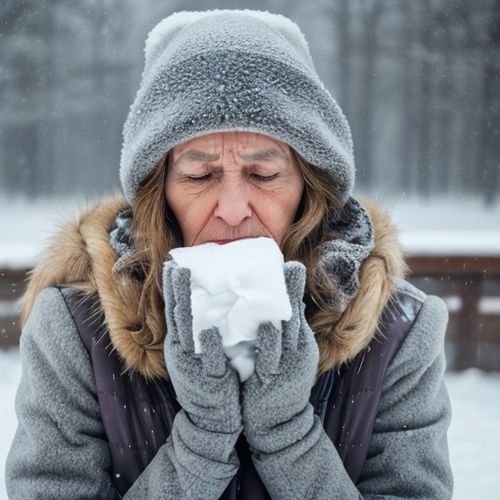
By Christopher Harris/Jan 16, 2025
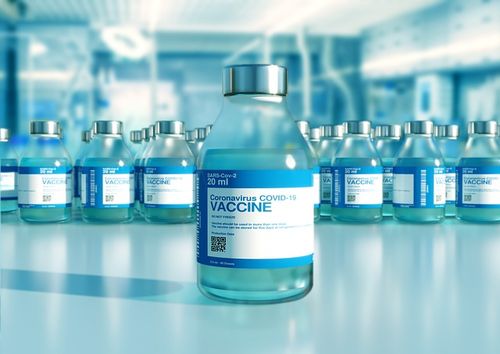
By Noah Bell/Jan 16, 2025

By Amanda Phillips/Jan 16, 2025

By Victoria Gonzalez/Jan 16, 2025

By Victoria Gonzalez/Jan 15, 2025
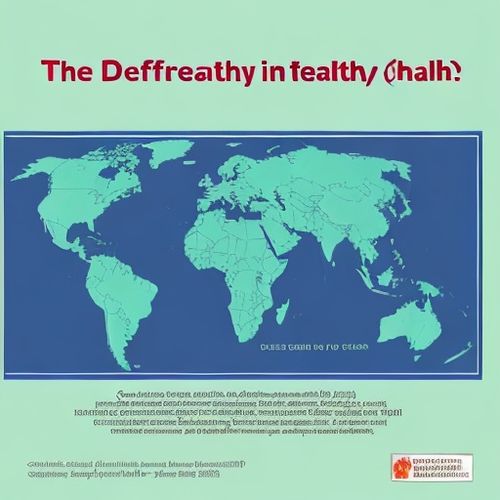
By Samuel Cooper/Jan 15, 2025

By Rebecca Stewart/Jan 15, 2025

By Benjamin Evans/Jan 15, 2025
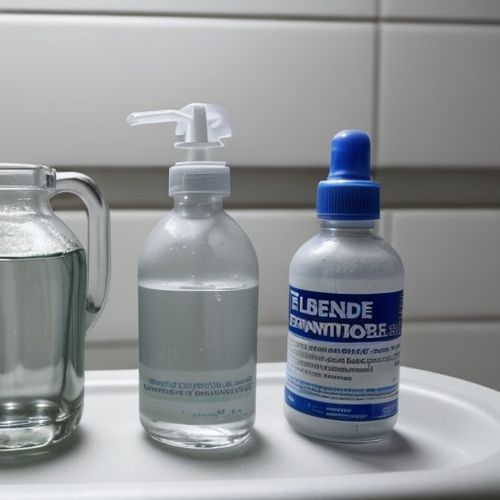
By Michael Brown/Jan 15, 2025

By Eric Ward/Jan 15, 2025

By Amanda Phillips/Jan 15, 2025

By William Miller/Jan 15, 2025

By Samuel Cooper/Jan 15, 2025

By James Moore/Jan 15, 2025
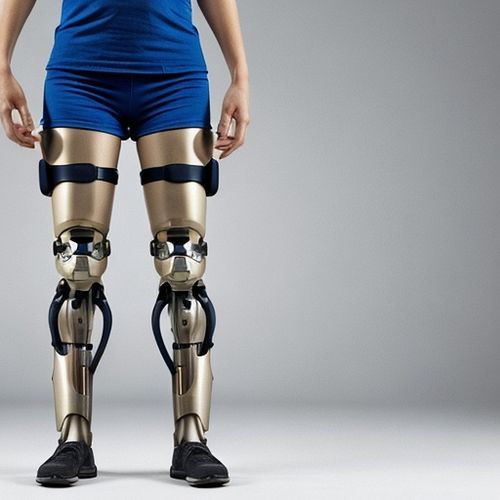
By Sarah Davis/Jan 13, 2025

By Lily Simpson/Jan 13, 2025
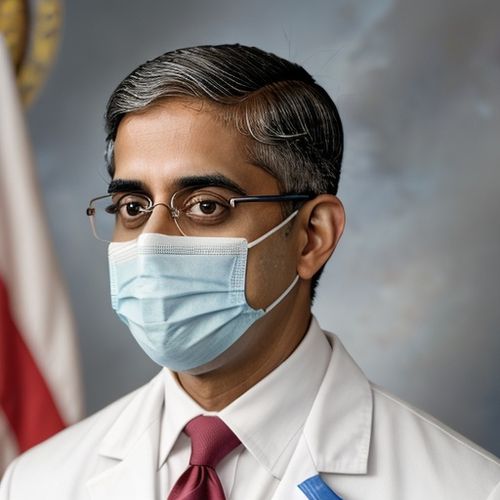
By Sophia Lewis/Jan 13, 2025
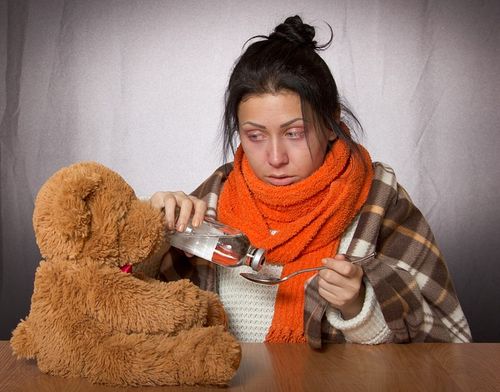
By David Anderson/Jan 13, 2025
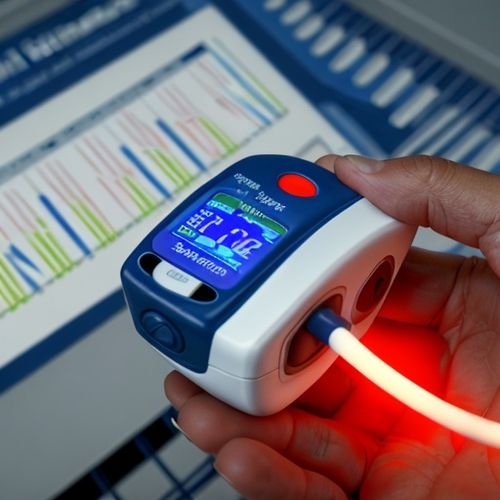
By Michael Brown/Jan 13, 2025

By Lily Simpson/Jan 13, 2025